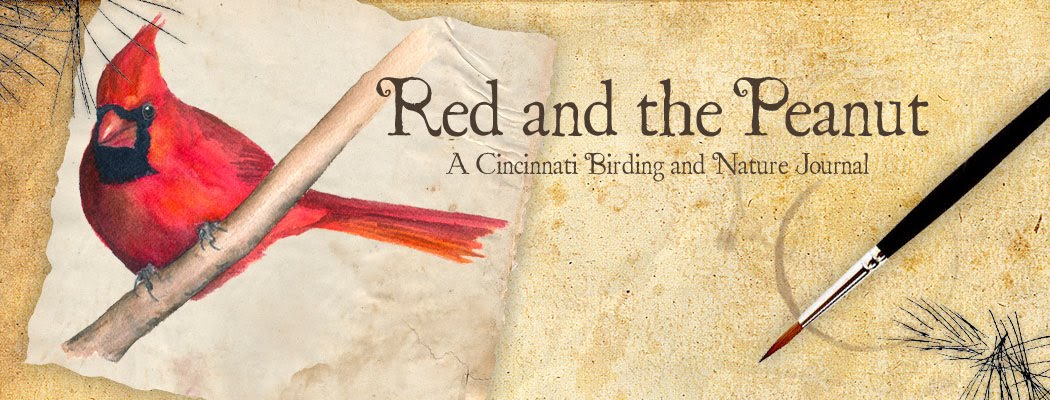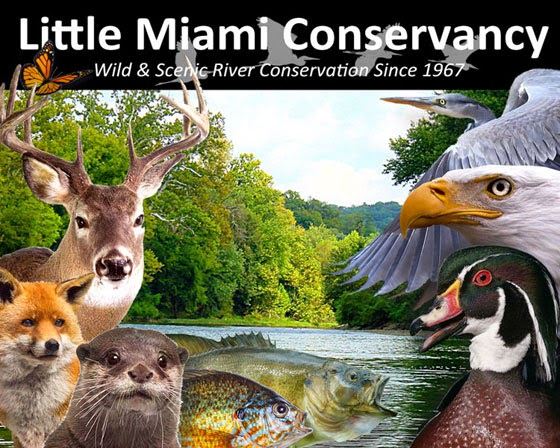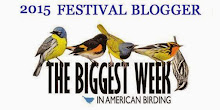The outside of this Red-tailed Hawk's beak has the same hook as a falcon's beak, but if you look on the inside, you'll see the hawk lacks the extra notch that forms the tomial tooth (click here to compare with a Peregrine Falcon).

...another difference between hawks and falcons is the supraorbital ridge. Hawks and eagles have a very well-defined "eye brow" (or supraorbital ridge), which is what gives them that fierce and angry look. The ridge is there to help protect the bird's eye from the sun and make it easier for the bird to hunt by shading the eye, which cuts glare. Falcons have a much less defined bony eye ridge, but they do have a dark stripe under their eye (called a malar stripe), which cuts glare just like the black stripes football and baseball players apply under their eyes.

...a drawing from my sketchbook of a Red-tailed Hawk's beak. Note that the hawk's beak lacks the extra notch found in the falcon's. You can also see the hawk's more well-defined supraorbital ridge above the eye.
You when look at the hawk and falcon drawings separately, it might still be hard to tell the beaks apart, so I decided to combine a section from both drawings to easily compare the two beaks at the same time...
...sketches comparing a falcon and a hawk's beak.

...this gorgeous Red-tailed Hawk's name is Scarlet, and she is another bird from RAPTOR, Inc. (click here for the other posts in the RAPTOR, Inc. series). Scarlet came to RAPTOR with a left wing fracture in November of 2003.






















